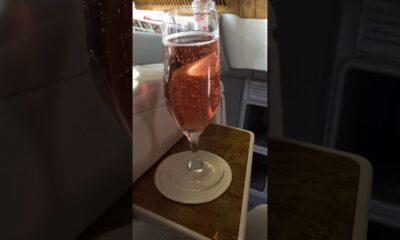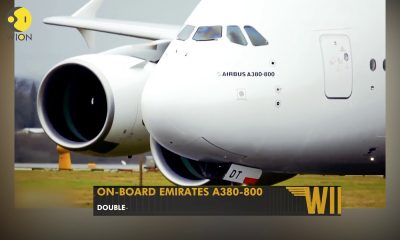

More in Emirates Offers
-
Emirates Offers
Best Offer Just 1 To 10 Mussafah Abudhabi United Arab Emirates
lots of verity in one roof , amazing offer , just 1 to 10
-
Emirates Offers
Emirates NBD Customer Care Month – Animation
During the month of October, the Emirates NBD team conducted numerous activities via touchpoints like branches...
-
Emirates Offers
A Golfer’s Guide to the United Arab Emirates, with Golfbreaks.com
Iconic skyscrapers, extravagant 5-star hotels and outrageous coastal developments, the UAE offers a Western-like paradise for...
-
Emirates Offers
ILA 2018: Emirates Airbus A380 *Full Cabin Tour*
Emirates offer the possibility at ILA Berlin 2018 to take a tour through their Airbus A380...
-
Emirates Offers
Flying to Dubai With Emirates
we are going to dubai on emirates airlines to discover the fantastic city and what it...
-
Emirates Offers
WION Wings on-board Emirates A380: The world’s largest passenger plane
WION Wings got to experience the hospitality of one of the most luxurious planes in the...
-
Emirates Offers
Emirates Hills v The Palm Jumeirah
When you talk about "Luxury Developments" in Dubai, there really are only 2 key players (for...
-
Emirates Offers
Wow super offer Get 47GB free data for UAE national day
Get 47GB free data for UAE national day
-
Emirates Offers
Emirates ID Offer @ Dubai Dolphinarium
It's time to turn back time & bring the best offer in Dubai this 2019! It's...
-
Emirates Offers
Summer Sale from Pan Emirates
Refresh your home on a budget with the unbeatable offer. PAN Emirates now offering 300 QR...
-
Emirates Offers
New Daily Emirates Flight From Newark To Dubai
Boeing Emirates will now offer a non-stop flight between Dubai and Newark Liberty International Airport in...
-
Emirates Offers
Dubai Dolphinarium Emirates ID Offer
Dubai Dolphinarium Dolphin Show: Avail Emirates ID Offer Valid Until 13th October!






































